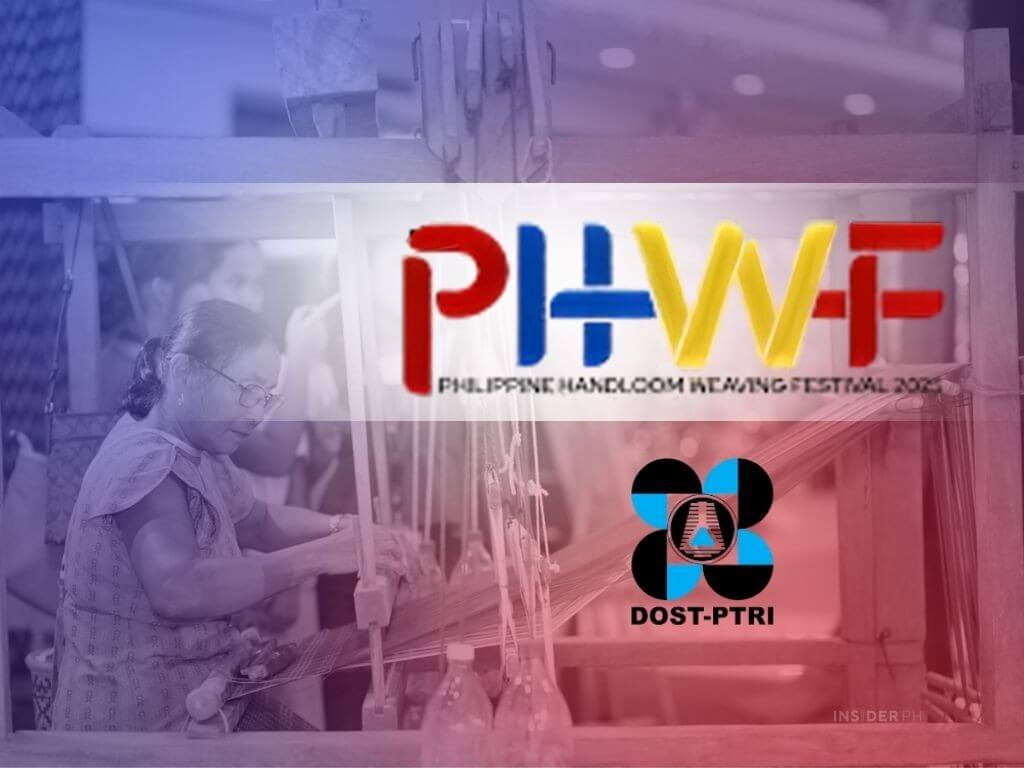

INSIDER SPOTLIGHT
The four-day event brought together more than 120 weavers from over 40 communities, united by a shared goal of expanding knowledge and strengthening cultural identity.
Why it mattered
The PHWF positions handloom weaving not only as a cultural treasure but also as a knowledge-driven industry. By creating a learning-focused environment, the festival gave community weavers access to new textile technologies, research insights, and creative collaborations—resources typically out of reach for small weaving groups.
The big picture
As part of the 2025 National Science, Technology, and Innovation Week, the festival connected traditions with science and technology.
Organized with the Provincial Government of Ilocos Norte and key partners, the event fostered a shared cultural space where artisans, researchers, designers, and experts explored the evolving landscape of Philippine handloom weaving.
What happened
The festival opened with a two-day Immersion and Heritage Tour across La Union and the Ilocos Region, giving weavers first-hand exposure to textile landmarks and cultural sites. Stops included the Sericulture Research and Development Institute, Bangar Weaving Village, Rowilda’s Loomweaving, and the Nagbacalan Loomweavers Cooperative, among others.
At Robinsons Ilocos—host of the Nov. 19 to 22 main program—the festival featured transformative learning segments designed to elevate community knowledge:
Between the lines
DOST-PTRI highlighted that weaving, while deeply rooted in heritage, was strengthened by research and technology.
The festival underscored its mission to build human-resource capabilities for global competitiveness—starting with local weavers gaining access to modern tools and shared expertise.
The bottom line
By cultivating a learning-rich, culturally grounded environment, the first PHWF marked a pivotal step in empowering Filipino weavers—bridging generations of tradition with innovations that can carry the craft into a more sustainable, competitive future. —Vanessa Hidalgo | Ed: Corrie S. Narisma